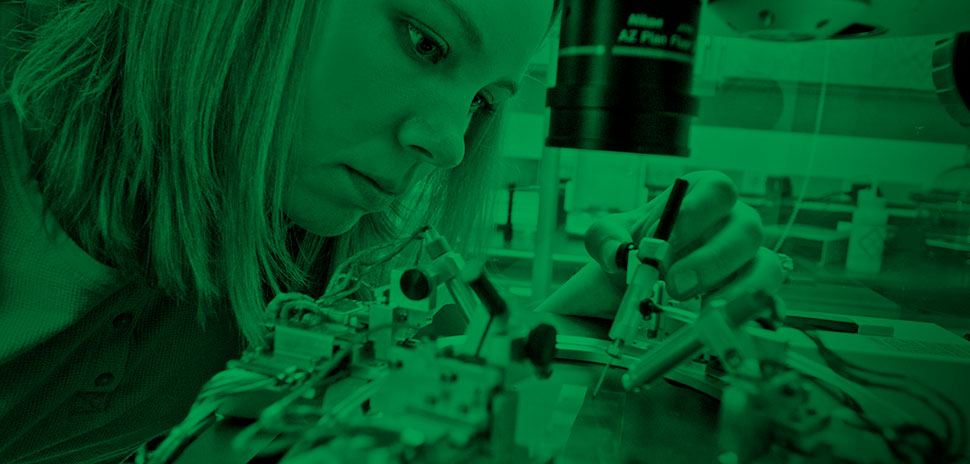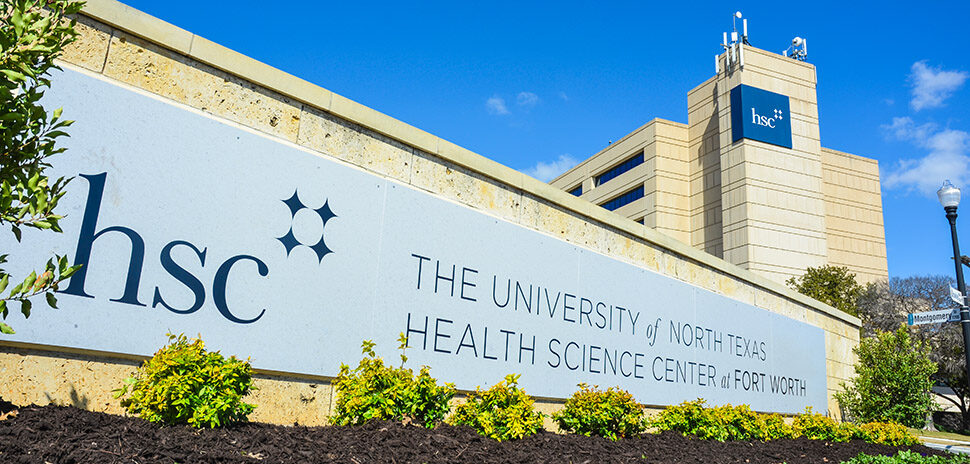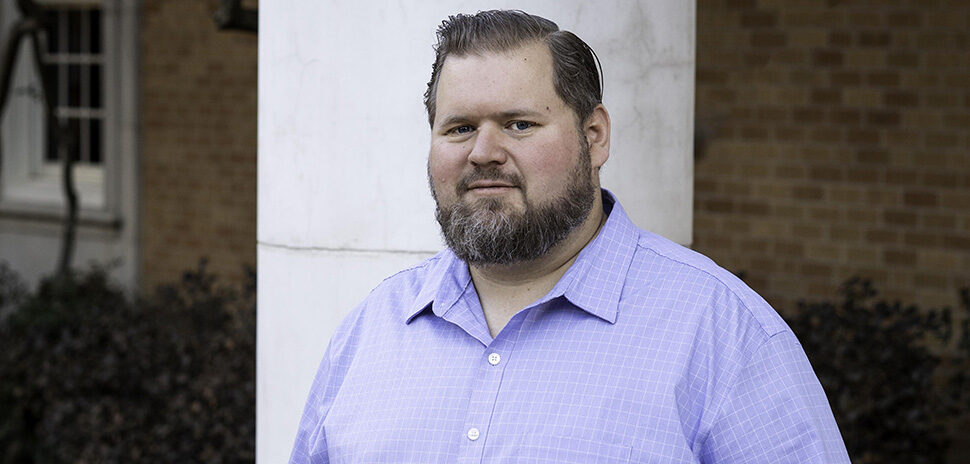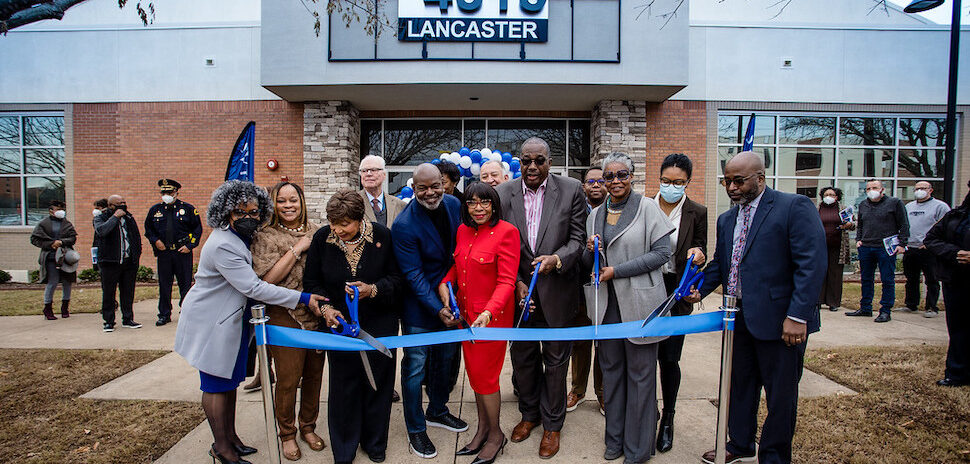A research team at the University of North Texas in Denton has received a major grant from the Department of Defense to better understand how metal alloys function at the atomic level.
The DoD, under the U.S. Air Force Office of Scientific Research, awarded $1 million to three experts from UNT’s College of Engineering who aspire to “give scientists better insight on how certain metal alloys used by the military and aerospace industries deform under stress.”
To do so, the team—Professor Srinivasan Srivilliputhur; Rajarshi Banerjee, a presidential and regents professor; and Michael Baskes, a university distinguished research professor—will create a model using physical experimentation and advanced computer simulations.
Per a UNT statement, this method should allow scientists to understand what properties and tolerances will result from mixing different kinds of atoms.
“We are going to look at the underlying principles in metallurgy and into the atomic level,” Srivilliputhur, the principal investigator, said in a statement. “Scientists have observed that when one metal is added to another, there can be a change in the properties of the resulting alloy. What we are trying to understand is why this occurs by looking at the atoms involved and how they interact rather than looking at the alloy overall.”
Engineers do take stress factors into account when determining the tolerance of a material, but to find the breaking point, it often takes place at a macro level, such as applying extreme temperatures.
Metallurgists currently use a more empirical method that requires time and guesswork, according to the research team. They intend to develop a “generalized model” that could prove useful to predict the strength of various alloys.
“We know that the new configurations of atoms will change the alloy’s properties,” Baskes, who is also a member of the U.S. National Academy of Engineering, said. “But, will the change be beneficial? Will it increase or decrease the strength or toughness of the material? We want to understand the material involved so we can predict and avoid catastrophic failure of the alloy.”
Banerjee, the co-principal investigator, describes it like this: Each type of atom has a different electron shell that interacts with the electron shells of the atoms around it. A material made up of the same atoms (like titanium) lines up neatly to form a perfect lattice.
When a solute atom is added, Banerjee said, the electron shells of all atoms involved will change to a new configuration.
“The electron shells are the glue that holds the atoms together,” he said. “And when the glue changes, the properties change.”
Srivilliputhur predicts the new model will allow scientists to determine which atoms and in what amounts will result in the needed properties. It’s a large feat that could remove the need for long and expensive trial and error searches for new alloys, he said.
Why is this important to the DoD?
Research involving metals matters to the U.S. Department of Defense operations.
Some—titanium, tungsten, and other metal alloy—are critical, according to a report by the Congressional Research Service in January. These materials are used as components in integrated circuits, electrical wiring, optoelectronic devices, or structures like aircraft fuselages and ship hulls for military platforms and weapon systems that add to warfighting capabilities.
The Air Force Office of Scientific Research (AFOSR) said that it distributes its basic research program investment through 1,200 grants at more than 200 academic institutions, 100 industry-based contracts, and more than 250 internal Air Force Research Laboratory (AFRL) research efforts.
The AFOSR manages the basic research investment for the U.S. Air Force. Its technical experts “discover, shape, and champion research within AFRL, universities, and industry laboratories.”
In doing so, the AFOSR is able to ensure the transition of a research project’s results to being able to support the U.S. Air Force’s needs.
“Using a carefully balanced research portfolio, our research managers seek to foster revolutionary scientific breakthroughs enabling the Air Force and U.S. industry to produce world-class, militarily significant, and commercially valuable products,” the AFOSR said.
How can you get a similar grant?
This significant grant from the DoD indicates a recognition of UNT’s reputation in advanced materials research, Baskes said.
The AFOSR’s highly trained staff of scientists and engineers manages the Air Force’s research program through three partnerships.
The goal is to find and fund revolutionary science. Research proposals are solicited through a Broad Agency Announcement that outlines the Air Force Defense Research Sciences program. Around forty major research areas are supported.
For companies, entrepreneurs, and researchers interested, it’s broken down like this, per the AFRL:
• The University Connection: University research is a great place for developing and mentoring future scientists and engineers in areas that contribute to our national defense and economic security.
• Small Business Technology Transfer: This program is designed to provide an incentive for small companies, academic institutions, and non-profit research institutions to transfer emerging technical ideas from the lab to the marketplace.
• Air Force Intramural Research: AFOSR works closely with the other AFRL Technical Directorates to nurture and support quality research and, where advantageous, integrate intramural and external research efforts to transition the latest basic research discoveries to the next levels in the research and development chain.
Visit Grants.gov for updated, specific requirements of each Broad Agency Announcement from the AFOSR.
![]()
Get on the list.
Dallas Innovates, every day.
Sign up to keep your eye on what’s new and next in Dallas-Fort Worth, every day.
































